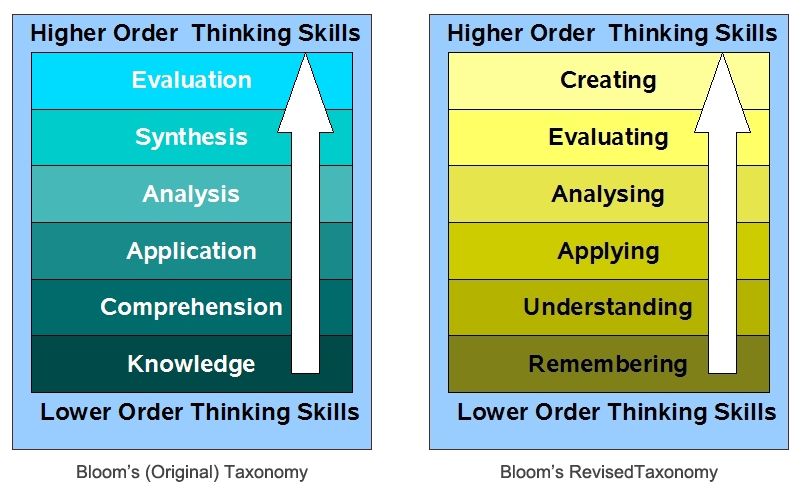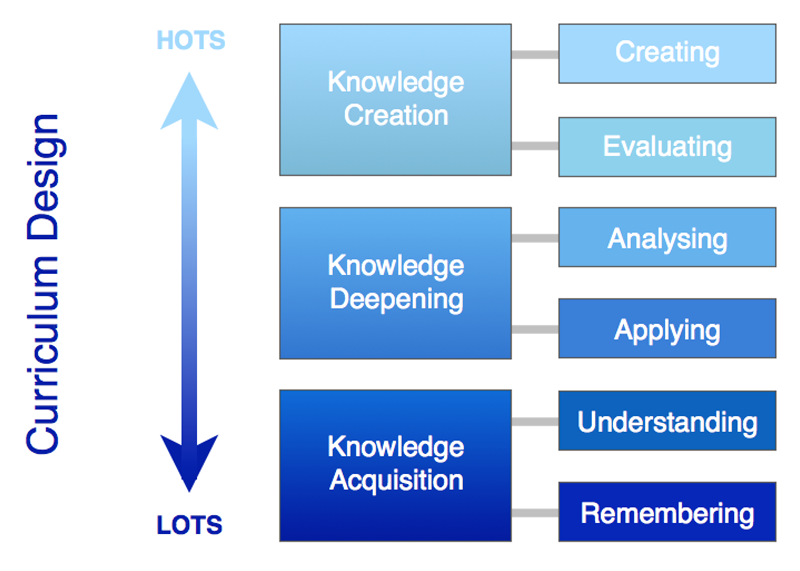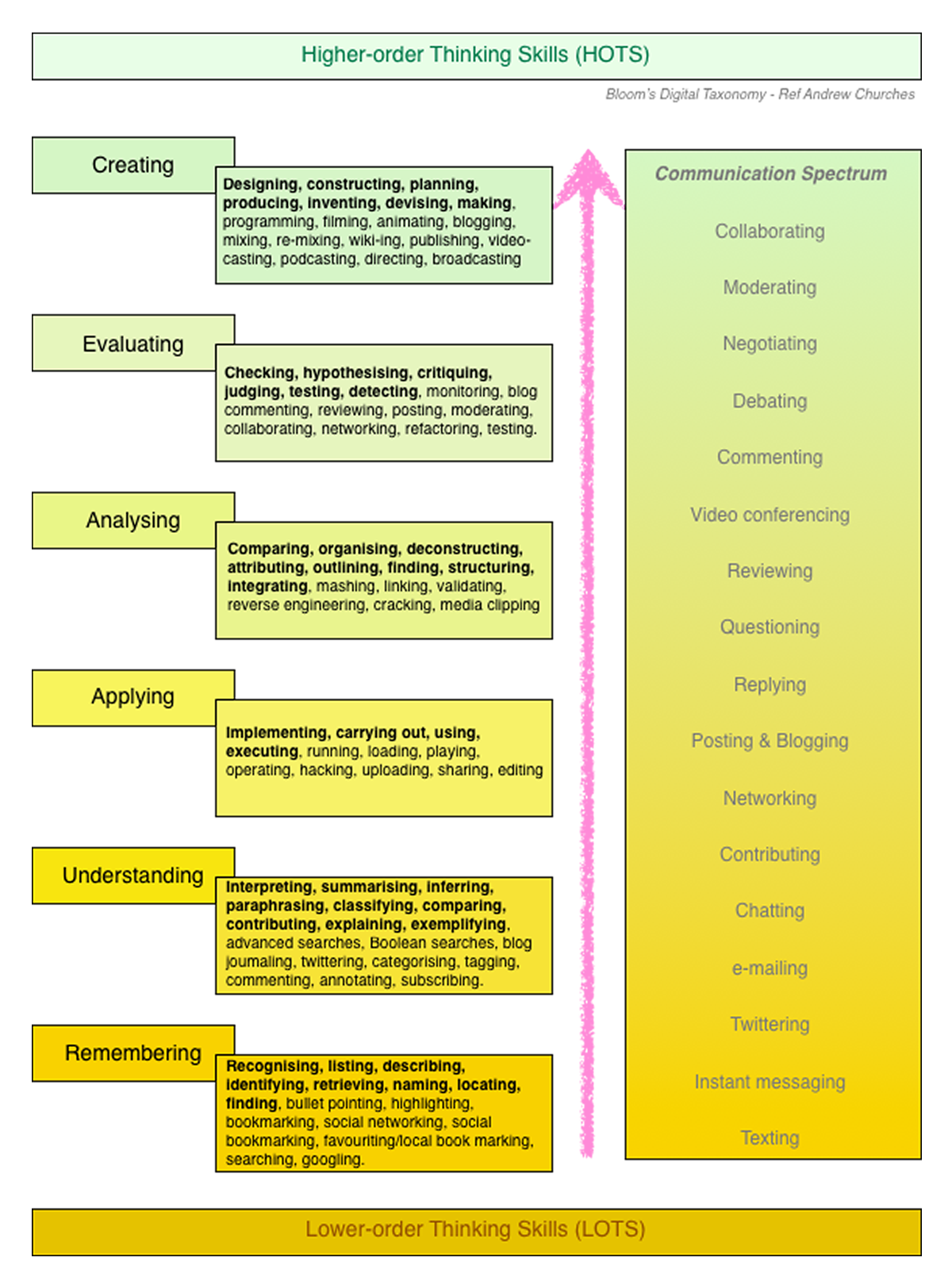The information below is a brief summary of information from a number of sources – most notably Wikipedia and Andrew Churches’ Educational Origami site. Please refer to these sites for more detailed information and references.
See also: Depth of Knowledge (DOK) >>>
What is Bloom’s Taxonomy?
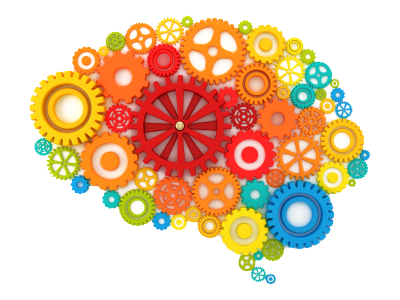 Benjamin Bloom was employed as an education psychologist at Chicago University. In 1956 he chaired a committee of educators that devised a framework (or taxonomy) of educational objectives – what has become known as Bloom’s Taxonomy.
Benjamin Bloom was employed as an education psychologist at Chicago University. In 1956 he chaired a committee of educators that devised a framework (or taxonomy) of educational objectives – what has become known as Bloom’s Taxonomy.
The taxonomy proposed that learning fits into one of three psychological domains:
- the Cognitive domain – processing information, knowledge and mental skills.
- the Affective domain – emotions, attitudes and feelings.
- the Psychomotor domain – manipulative, manual or physical skills.
The Cognitive Domain – Bloom’s Revised Taxonomy
In the 1990’s, Lorin Anderson (a former student of Bloom), along with David Krathwohl, revisted Bloom’s Taxonomy and published Bloom’s Revised Taxonomy (2001). The main change in the revision was the use of verbs rather than nouns for each of the categories and a rearrangement of the sequence of the higher order skills within the taxonomy.
The comparisons below (and this discussion in general) relate to what Bloom defined as the cognitive domain.
This image provides an alternative visual overview, from a ‘knowledge development’ perspective…
Though this is definitely not all about ‘knowledge’…..
….. how about ‘process‘? ….. Or ‘product‘? ….. Or ‘philosophy‘?…..
Bloom’s Digital Taxonomy
A more recent interpretation of Bloom’s Revised Taxonomy was developed by Andrew Churches. As Andrew states: The taxonomy isn’t about the tools or technologies – rather it is about using these tools to facilitate learning.
Andrew has aligned Bloom’s Revised Taxonomy with specific digital skills to create Bloom’s Digital taxonomy.
The image below is a re-drawing of Andrew’s original diagram. (Click on the image for a pdf version).
This image also includes a list of communication skills, aligned with the cognitive spectrum.
Blooms Extended Digital Taxonomy
With the advent of online tools that provide students and teachers with easy access to options for collaboration and sharing, a new ‘level’ can be added to the framework.
The image below, courtesy of Fractus Learning, provides an overview of the progression of Bloom’s Taxonomy, how each thinking skill applies in practice, and examples of activities using digital tools.
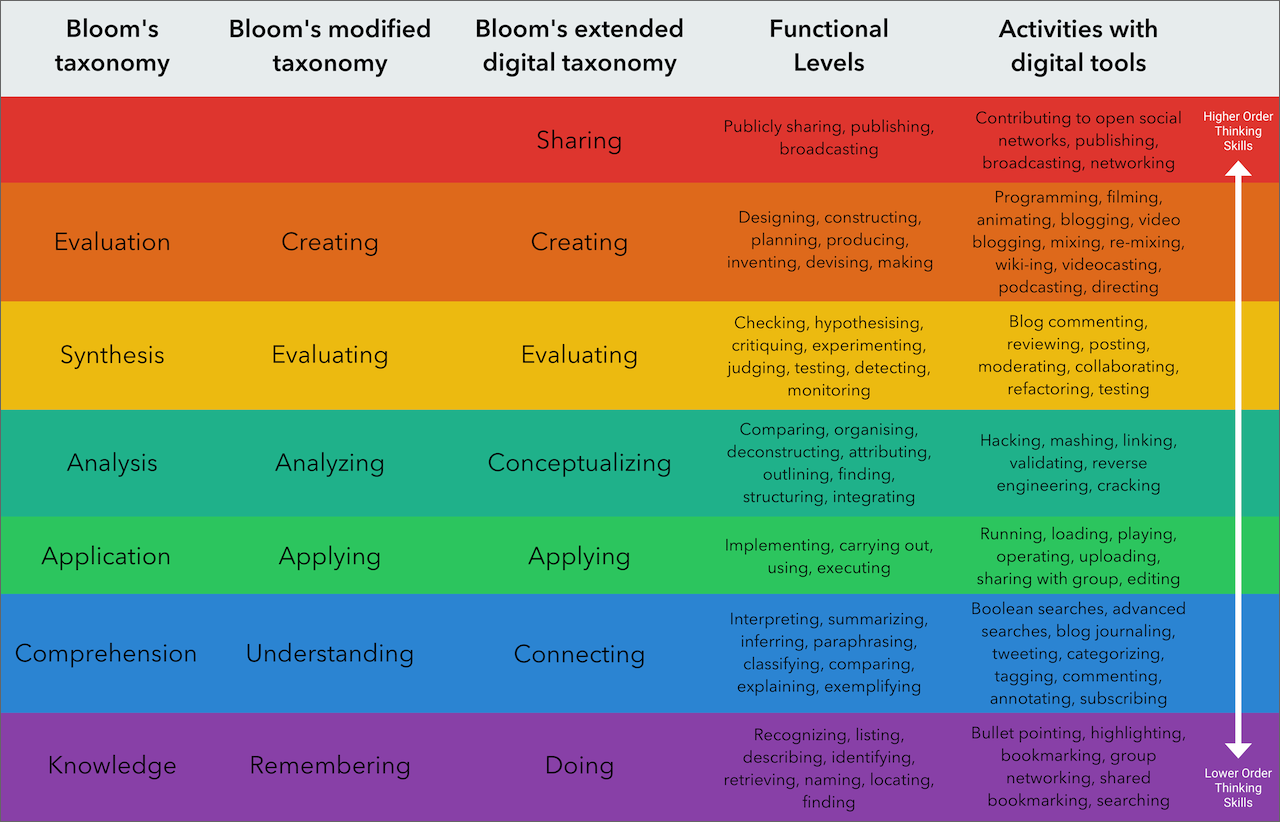
The Bottom Line
When ‘pen and paper’ activities that focus on Lower Order Thinking Skills are transferred to a digital format, they don’t magically transform themselves to become activities that promote Higher Order Thinking Skills.
As educators we must continue to focus on developing an appropriately challenging learning environment for our students, whether or not the activities involve the use of new technologies.
Dull and mindless gob-stoppers and time-fillers are still dull and mindless – regardless of the involvement of digital technologies in their presentation. A worksheet is still a worksheet!
Related viewing – Bloom’s taxonomy according to Seinfeld…
- See also: SAMR in your Classroom >>>
